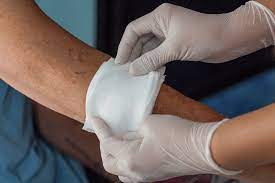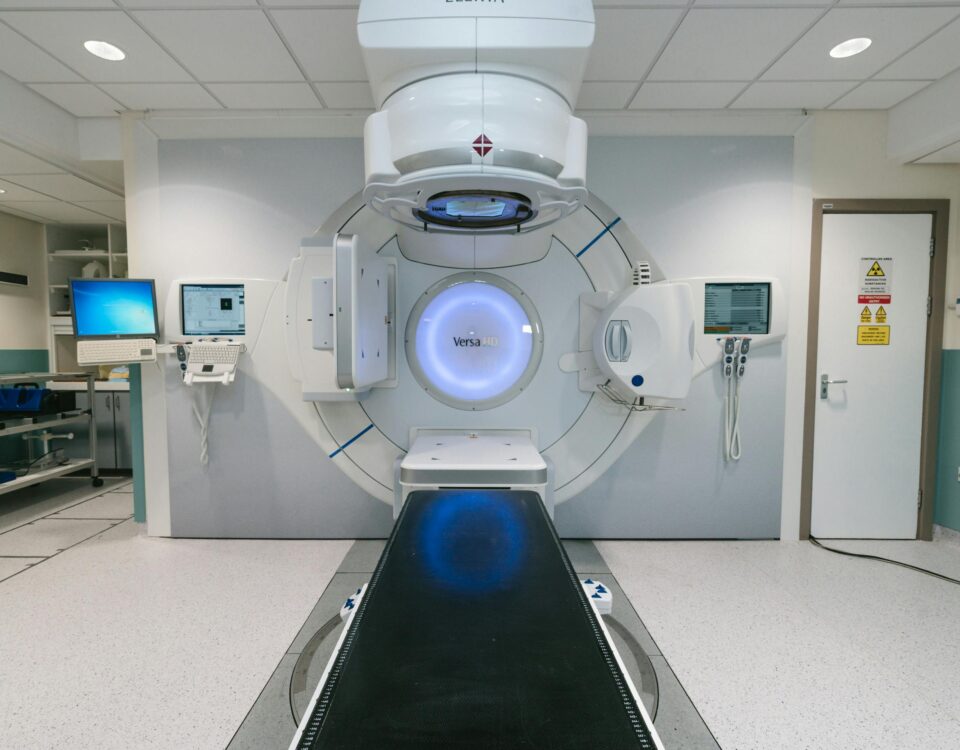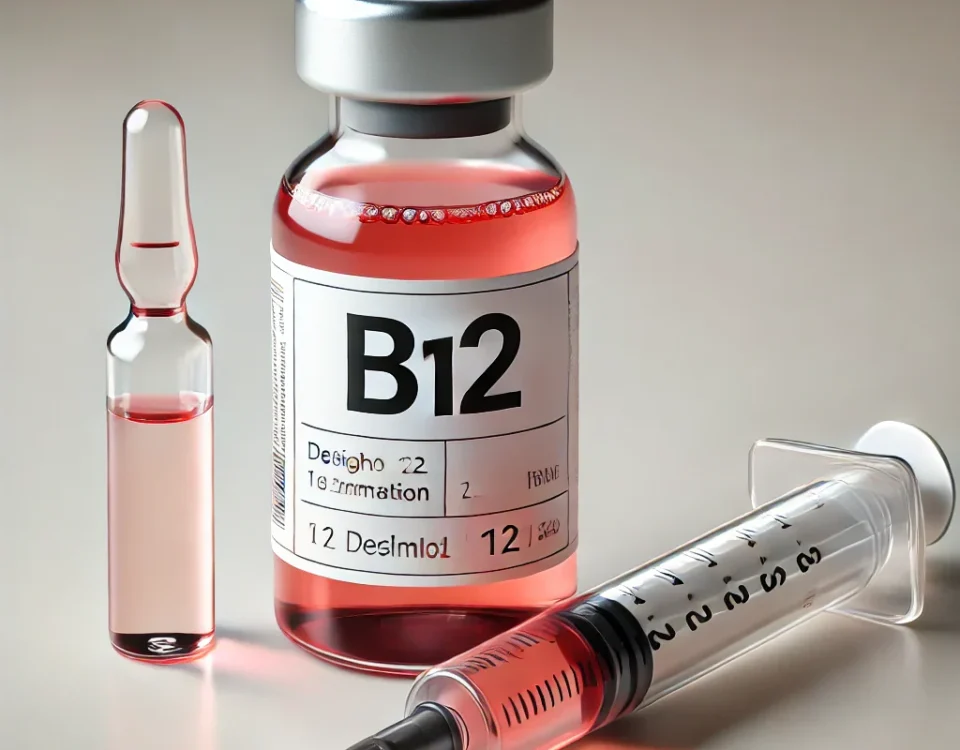
The Process of Family Medicine
October 3, 2025
How Sports Physicals Can Identify Hidden Health Issues
October 3, 2025Caring for a surgical wound at home can feel like a big responsibility. After a procedure, your healthcare provider will provide you with specific instructions for recovery and wound care. Following these directions helps support the healing process and reduces the risk of complications. Understanding the basic steps of at-home care can help you feel more prepared and confident as you recover.
What Supplies Are Necessary?
Having the right supplies on hand makes the process of changing your dressing more straightforward. Your care team will provide a list of necessary items based on the type of surgery you underwent. It is a good practice to gather all the needed materials before you begin.
- Non-stick gauze pads
- Surgical tape
- Saline solution or a prescribed cleaning agent
- Disposable gloves
- Medical scissors
- Antibiotic ointment, if recommended
Store your supplies in a clean, dry, and easily accessible location. This preparation helps make each dressing change a smooth and organized part of your wound care routine. Always wash your hands thoroughly with soap and water before handling your supplies or touching the wound area.
How Frequent Are Dressing Changes?
The frequency of dressing changes depends on the specifics of your wound. Your surgeon will tell you how often to change the dressing. Some wounds require daily changes, while others may need to be changed every few days. The amount of drainage from the wound often influences this schedule.
It is helpful to follow the timeline provided by your provider. Changing the dressing too often could disturb the healing tissue. Not changing it enough could lead to other issues. If you notice the dressing has become wet, soiled, or is peeling off, you may need to change it sooner than scheduled.
What Signs Show Infection?
Monitoring your wound for signs of infection is a key part of at-home care. Knowing what to look for allows you to seek medical advice promptly if you notice anything concerning. Contact your healthcare provider if you experience any of the following symptoms.
- Increased redness or swelling: Some redness is normal, but it should decrease over time, not spread or worsen.
- Persistent warmth: The skin around the wound feeling warm to the touch can be a sign of infection.
- Pus or cloudy drainage: A yellow or green fluid, or a foul odor from the wound, indicates a possible infection.
- Worsening pain: While some discomfort is expected, pain that increases instead of improving is a red flag.
- Fever: A body temperature of 101°F (38.3°C) or higher can indicate that your body is fighting an infection.
Paying close attention to your wound each day will help you spot any changes quickly. Early detection of a potential problem allows for timely intervention from your medical team. This attention is a fundamental aspect of proper wound care.
Consult a Wound Care Specialist
While these tips provide general guidance, your situation is unique. If you have questions about your healing process or are uncertain about your wound care routine, please do not hesitate to reach out to your healthcare provider. They can offer personalized advice and address any concerns you may have. Your healthcare team is your best resource for information about your recovery.





